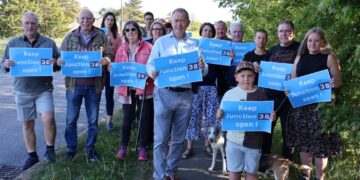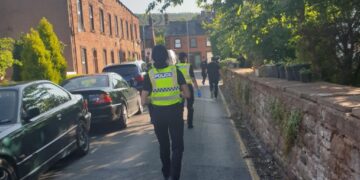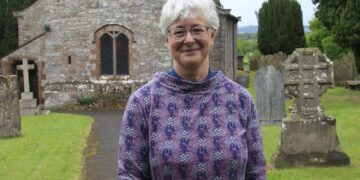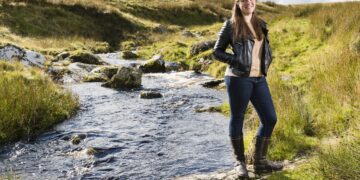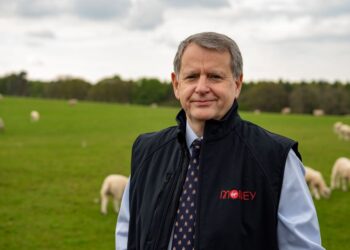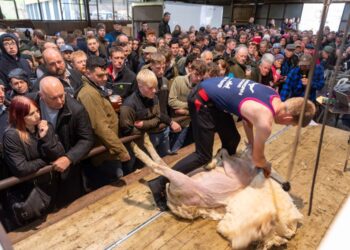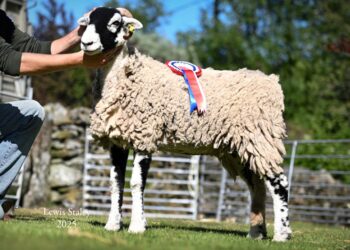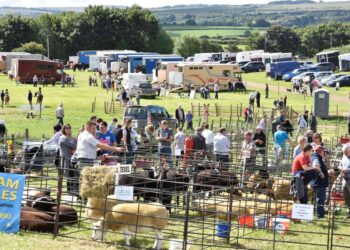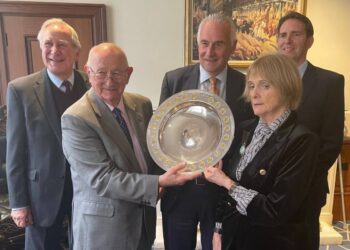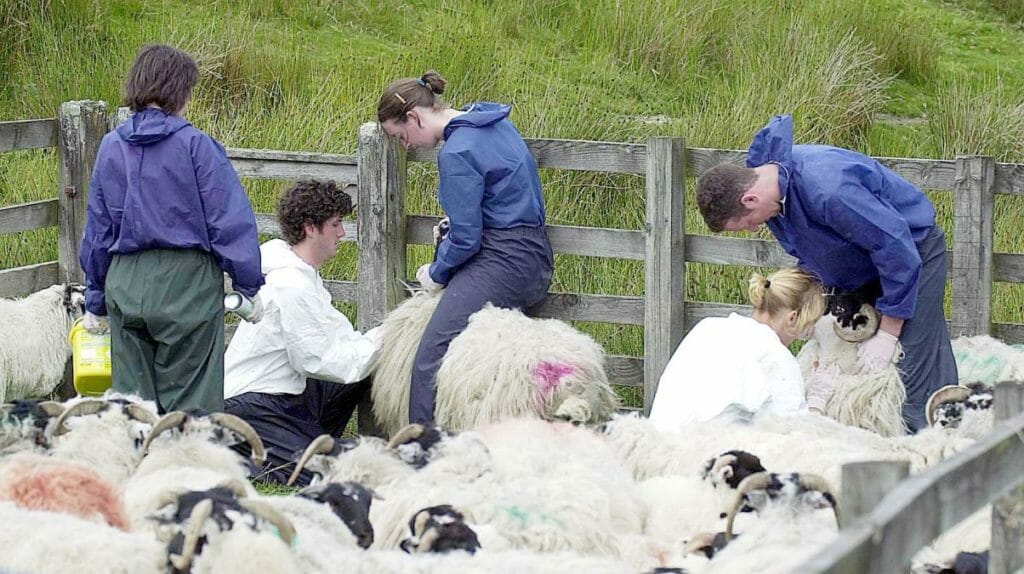
My working day on Wednesday, February 21, 2001 began like any other, writes auctioneer Adam Day, now managing director of the Farmer Network.
I was the manager at Cockermouth auction mart – one of the oldest in the land.
It had survived the ravages of two world wars and all the other challenges the country had faced over the previous 130 years or so, but by the end of that day the old mart site in the middle of the town centre had closed – as it turned out for good.
What had happened? The start of the worst foot and mouth epidemic in history.
Later that evening we addressed the shareholders of Mitchell’s Auction Co Ltd.
We had been planning to build a new auction mart and rural business centre on the outskirts of town for several years.
The scheme had been beset by difficulties but, despite this, the business plan was positive and at long last, with shareholders’ approval, we were ready to go.
“The only worry,” I said as I ended my address, “is the fact that foot and mouth disease has been found on a farm near Hexham, but in this day and age I’m sure it is something that will be controlled and eradicated quickly.”
By that point, the British government had already made their greatest mistake.
Foot and mouth had already been identified on Monday, February 19, at an abattoir in Essex. For the next five days the Government allowed live animals to be transported the length and breadth of the country.
Even though scientists were well aware of the easy transmission of foot and mouth, nobody thought to immediately lock down the industry. When the news broke, there was a mad rush to get prime lambs and cattle to abattoirs across the country.
Truckloads of stock travelled freely across Cumbria and beyond until 5pm on Friday February 23.
One Cumbrian haulier carrying more than 400 lambs destined for an abattoir in South West England was half way there at the appointed hour.
He was turned around by police and sent all the way home.
The foot and mouth virus is airborne and can be spread face-to-face, or by surface-to-surface contact.
It can travel on the wind and even within human nasal hair. This particular variant of the virus, Pan- Asian Type O, was extremely virulent, as we would soon find out.
Indeed, by the time the farming community entered lockdown, the virus was already spreading as far as Devon, Scotland and Northern Ireland.
The Government did not have a good handle on the amount of virus that was already circulating in the country but even if they had, their contingency plans were hopelessly out of date and related to the last major outbreak, in 1967.
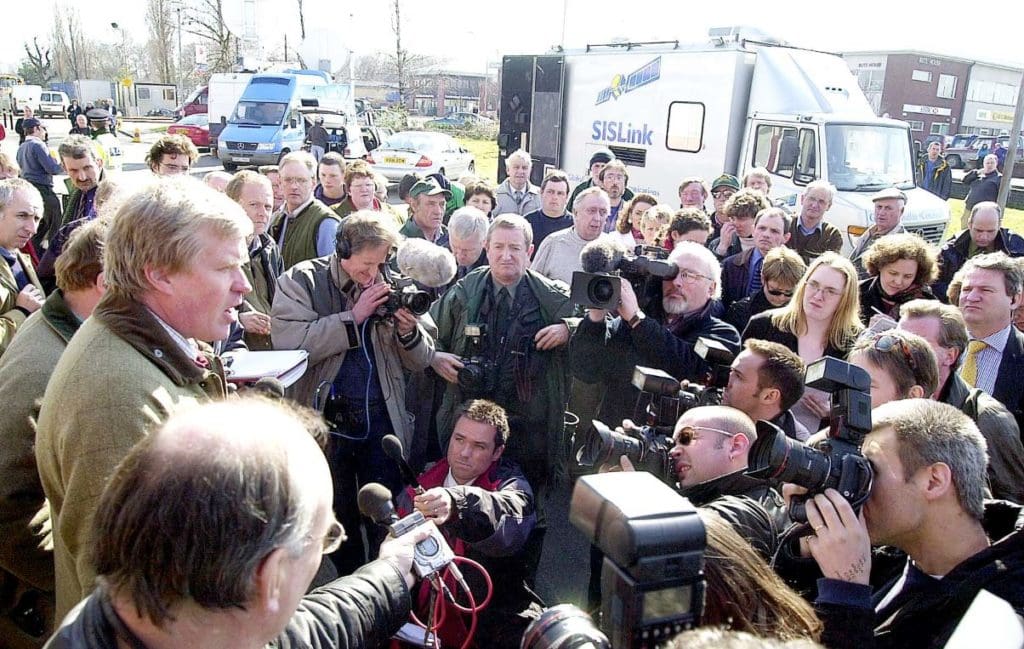
Over the next few days the foot and mouth nightmare began to unfold. Cumbria was one of the worst hit counties – perhaps not surprisingly considering it is one of the largest producers of red meat and milk in the country.
The only solution offered at the time was the traditional practice of slaughtering infected animals on the farm.
As the case numbers rose, there was no infrastructure in place to deal with heaps of dead cattle and sheep. Many lay in farmyards and fields for days waiting to be collected and disposed of, all the while shedding virus on the wind or as carrion.
Across Cumbria huge pyres began to burn in effort to clear the heaps of rotting carcasses.
The smell of death and burning coal filled the air, with whole communities affected by the carnage. By now contiguous farms were also being slaughtered – neighbours to infected farms being taken out, whether the animals were infected or not.
Then sheep farmers were asked to volunteer their sheep to the cause.
Clearing fields of sheep, it was hoped, would create a firebreak. But foot and mouth was out of control. Sheep were shot in the fields, others collected up and taken away.
Some sheep had lambs running at foot. The lambs were too small to shoot, so they were given a lethal injection through the heart administered by a vet and put to sleep.
Sometimes the valuer and the farmer were asked to assist.
The valuer compelled not to let the team down, the farmer compelled by a sense of duty and compassion towards his flock. “These are my sheep, and I will be with them to the end”.
By early March I, like all Cumbrian auctioneers, was working day after day on farms.
Our job was to place a value on the animals before they were euthanased. Officially employed by Defra, we worked night and day, and sometimes longer where needed.
We did not want to be a weak link in the chain, nor let our farmers and friends down. We maintained an air of thorough professionalism by day and went home and cried our tears at night. The next day we set off again.
I was hopelessly unprepared for my first foot and mouth valuation visit to a farm near Penrith. I had no idea what to expect.
The sight of a barn full of cattle bleeding from the nose and limping in pain stays with me.
By the end of the crisis, we hardly noticed the poorly cattle, or grieving farmers. We worked almost on autopilot, emotion banished. It was the only way to keep going.
The vet at the first farm said something to me which struck home immediately.
He was an epidemiologist and was convinced that we needed to have a 24/48 policy, meaning infected cattle must be slaughtered within 24 hours of diagnosis and disposed of in 48 hours.
“Otherwise,” he said, “we will never control the infection. We’re sitting on a timebomb.”
As the days went by, with more and more farms being announced for the cull, it became clear that government was nowhere near 24/48. The situation was becoming desperate.

